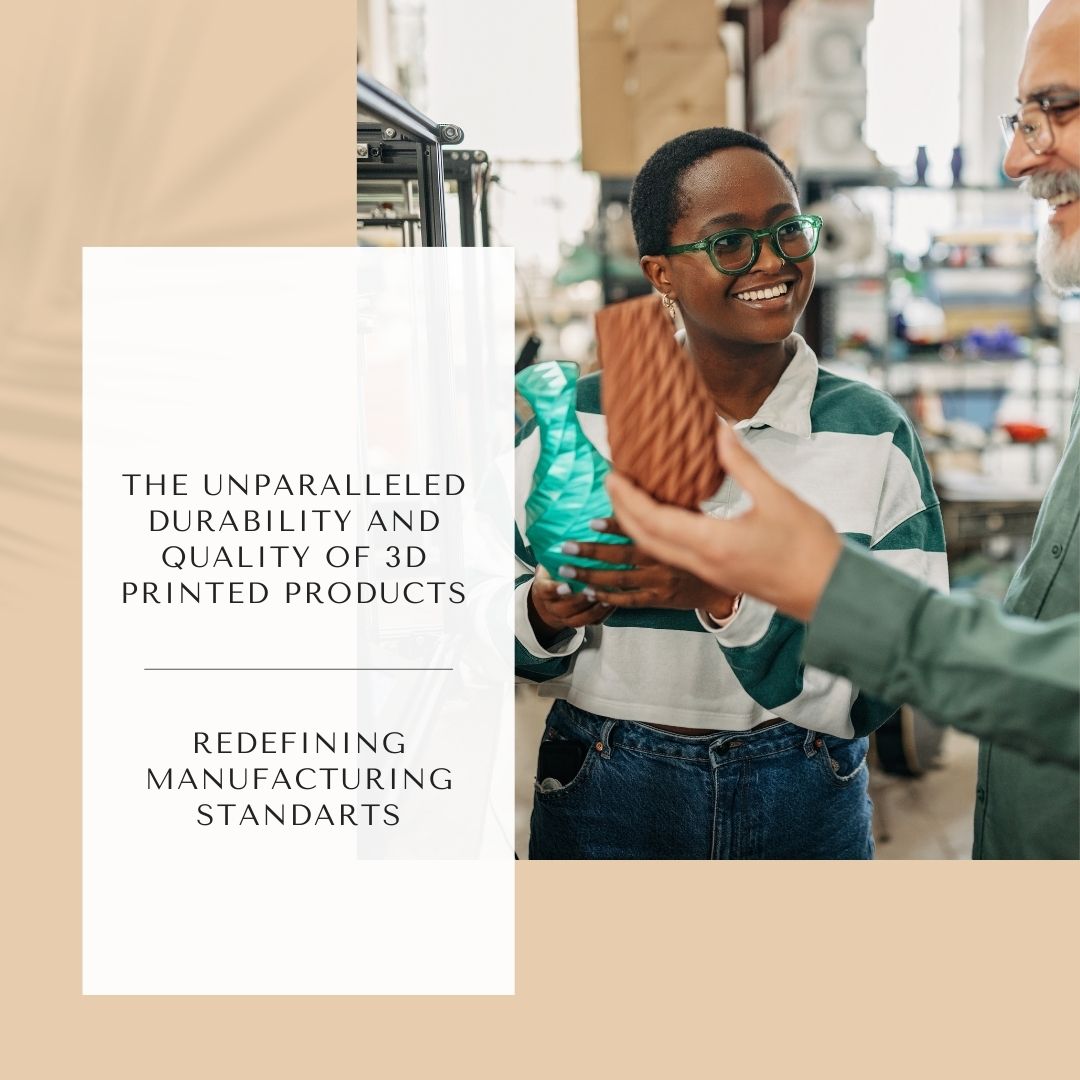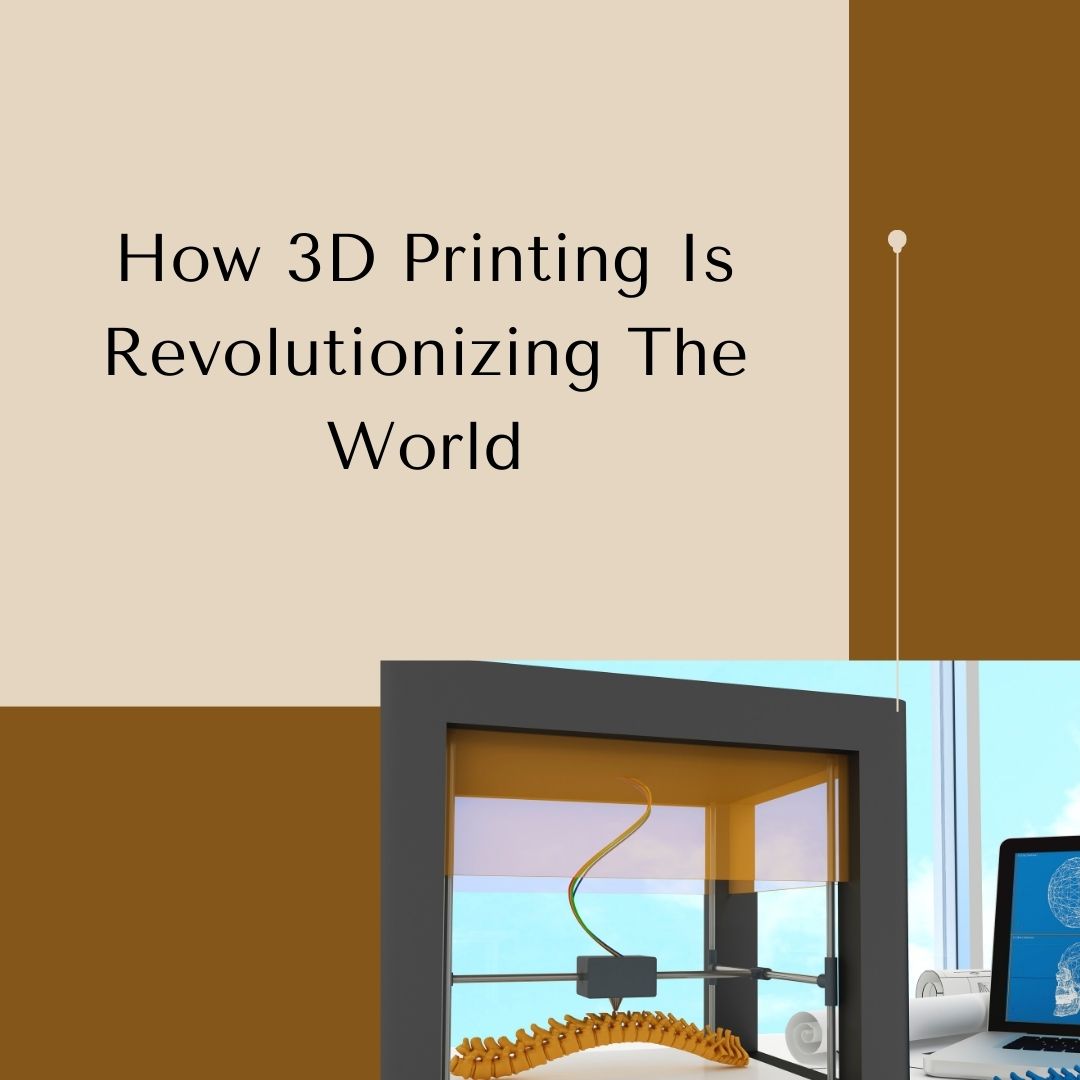In recent years, the field of 3D printing has witnessed an extraordinary surge, fundamentally transforming numerous industries with its unrivaled versatility, cost-effectiveness, and capacity to manifest imaginative creations. As the global community becomes ever more attuned to the importance of sustainability, the selection of materials for 3D printing assumes a pivotal role in shaping a greener future. In this article, we embark on a journey through the realm of 3D printing, where we delve into a selection of highly sought-after and eco-friendly materials. These materials not only revolutionize manufacturing processes but also make substantial strides towards preserving our environment.
- PLA (Polylactic Acid): Embracing Biodegradability and Versatility One of the most well-known and widely used sustainable materials for 3D printing is Polylactic Acid, or PLA. Derived from plant-based sources such as cornstarch or sugarcane, PLA is a biodegradable thermoplastic. Its biocompatibility and non-toxic nature make it suitable for various applications, including medical devices and food packaging. PLA offers excellent printability, allowing for precise and detailed prints. Additionally, it has a relatively low melting point, which makes it easier to work with compared to other materials. PLA's vibrant color options further enhance its appeal, making it ideal for hobbyists, educational institutions, and prototyping purposes. Its biodegradability makes PLA an excellent choice for environmentally conscious individuals and industries.
- PETG (Polyethylene Terephthalate Glycol): Strength and Transparency from Recycled Plastic PETG is a sustainable material gaining recognition for its durability, impact resistance, and transparency in 3D printing. Made from recycled PET (polyethylene terephthalate) plastic, which is commonly found in water bottles and food containers, PETG offers an eco-friendly alternative to traditional plastics. It exhibits excellent layer adhesion, making it suitable for functional parts, mechanical prototypes, and consumer goods. PETG's transparency allows for clear prints, making it particularly useful for applications where visibility or light transmission is important. Its combination of strength, flexibility, and ease of use has made it a preferred choice for both professionals and enthusiasts. By utilizing PETG, not only can high-quality prints be achieved, but it also contributes to the reduction of plastic waste and supports the principles of a circular economy.
- TPU (Thermoplastic Polyurethane): Flexibility and Reusability for Diverse Applications Thermoplastic Polyurethane, or TPU, is a flexible and elastic material highly regarded for its sustainability attributes. TPU can be recycled and reused multiple times without compromising its mechanical properties, making it an ideal material for sustainable 3D printing. It offers excellent impact resistance, abrasion resistance, and flexibility, making it suitable for producing a wide range of items, including wearable devices, medical prototypes, and functional parts. TPU's ability to withstand repetitive stress and strain sets it apart as a valuable material for sustainable manufacturing practices. Its flexibility allows for the creation of parts with intricate geometries and complex designs, making it suitable for applications where elasticity and durability are required.
- HIPS (High Impact Polystyrene): Supporting Sustainability with Biodegradability High Impact Polystyrene, or HIPS, is a versatile and environmentally friendly material commonly used as a support material in 3D printing. When combined with other filaments like ABS or PLA, HIPS serves as a soluble support structure that can be easily removed using Limonene, a common citrus-based solvent. Its biodegradability and ease of use make HIPS an appealing sustainable option, particularly in scenarios where supports are required for complex prints. HIPS exhibits good impact resistance and dimensional stability, making it suitable for functional prototypes, models, and architectural designs. By incorporating HIPS into the 3D printing process, manufacturers can reduce waste and minimize environmental impact, promoting a more sustainable approach to manufacturing.
As the demand for sustainable manufacturing practices continues to rise, the world of 3D printing has responded with an array of eco-friendly materials. The materials discussed in this blog post—PLA, PETG, TPU, and HIPS—represent just a fraction of the sustainable options available for 3D printing. By embracing these materials, manufacturers, designers, and enthusiasts can make a positive impact on the environment while achieving high-quality prints.



